SUMMARY
Get the breeze flowing with simple tricks like cross ventilation, skylights, and exhaust fans. High ceilings and louvered windows keep air moving, while courtyards and tree landscaping bring in fresh air naturally. These strategies make your home cooler, fresher, and more energy-efficient—no complicated systems needed!
In this article
- Cross Ventilation – Nature’s Cooling Hack
- Ventilated Roofs and Skylights – Let the Heat Escape
- Courtyards – Your Home’s Breathing Room
- Kitchen and Bathroom Exhausts – Bye-Bye Stale Air
- Louvered Windows – All-Weather Friendly
- Stack Ventilation – Let Hot Air Move Out
- Trees and Landscaping – Nature to the Rescue
- Roof Overhangs and Eaves – Keep Cool Inside
- Ventilated Floors – Cool from Below
- Air Bricks and Vent Blocks – Old-School Charm
- High Ceilings – More Room for Air
- Sliding or Folding Doors – Flexibility in Ventilation
- Pergolas and Shaded Balconies
- Windcatchers – Ancient Genius
1. Cross Ventilation – Nature’s Cooling Hack
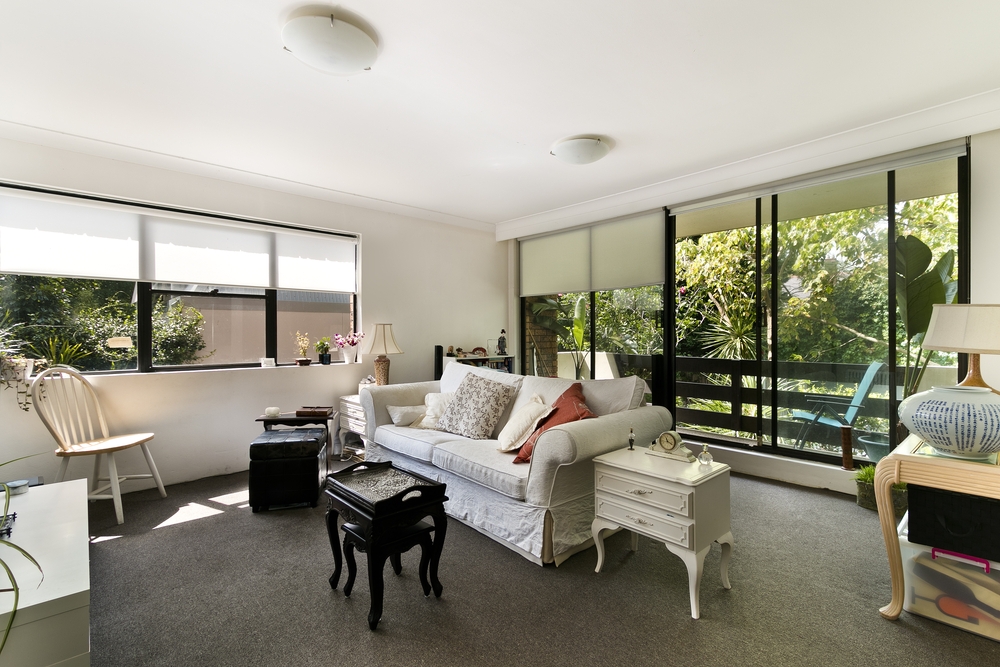
It is impossible to imagine a house without AC these days, but now imagine cool breeze sweeping through your home without fans or AC. This is possible. The idea is to place windows or vents on the opposite walls of every room. Do this for your bedroom. Position one window near your bed and the other across the room. Now if you open both the windows you will feel the nature’s air conditioner.
2. Ventilated Roofs and Skylights – Let the Heat Escape
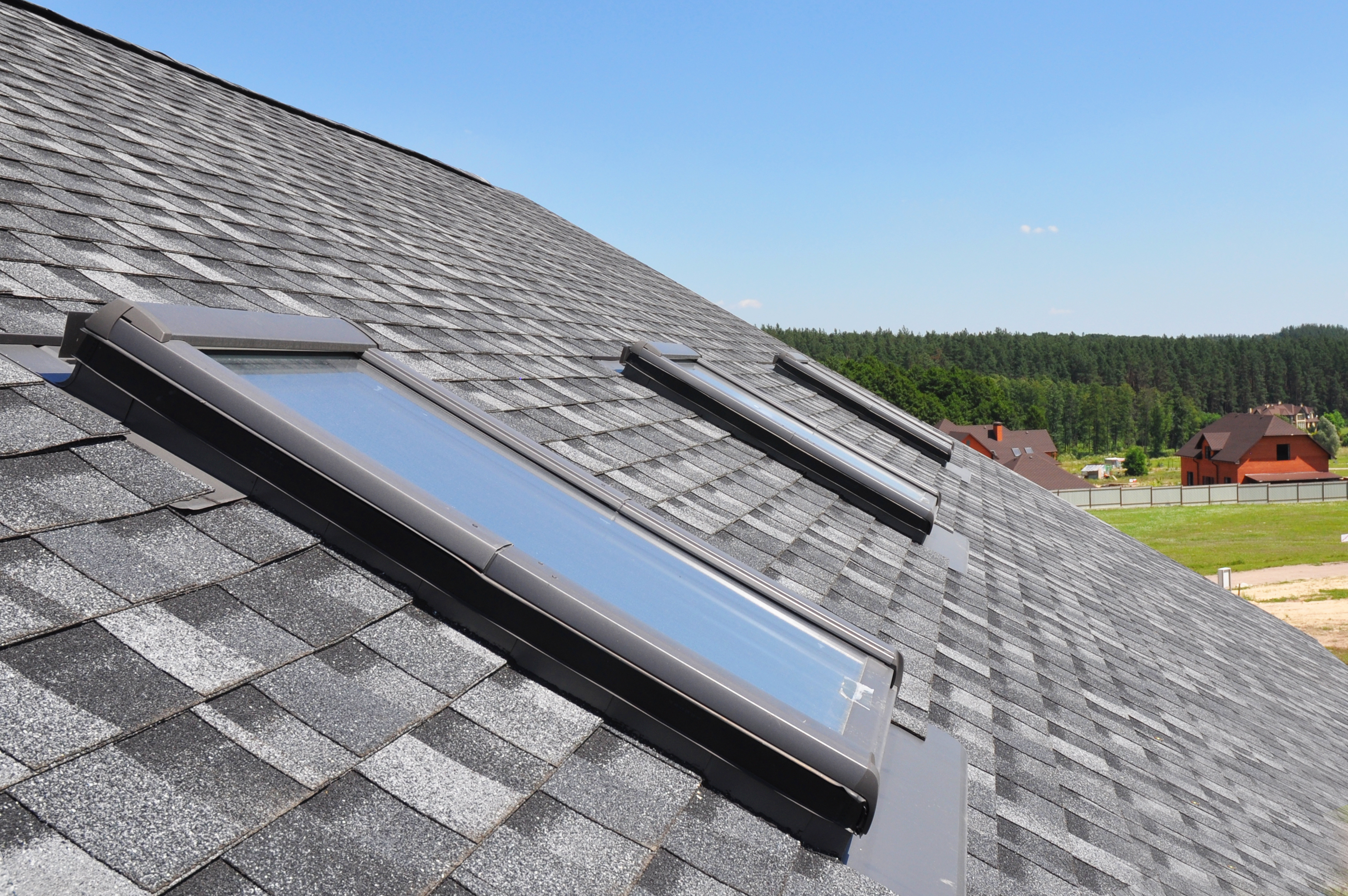
Let’s get some science basics. Heat rises, we all know that. Now why would you want it to be locked in your home? You can let it escape by adding a ventilated roof or skylights in the attic or the upper floors. You can have a skylight with a vent that can be opened and shut in your stairwell. This will help release hot air and draw in cooler air from below.
3. Courtyards – Your Home’s Breathing Room
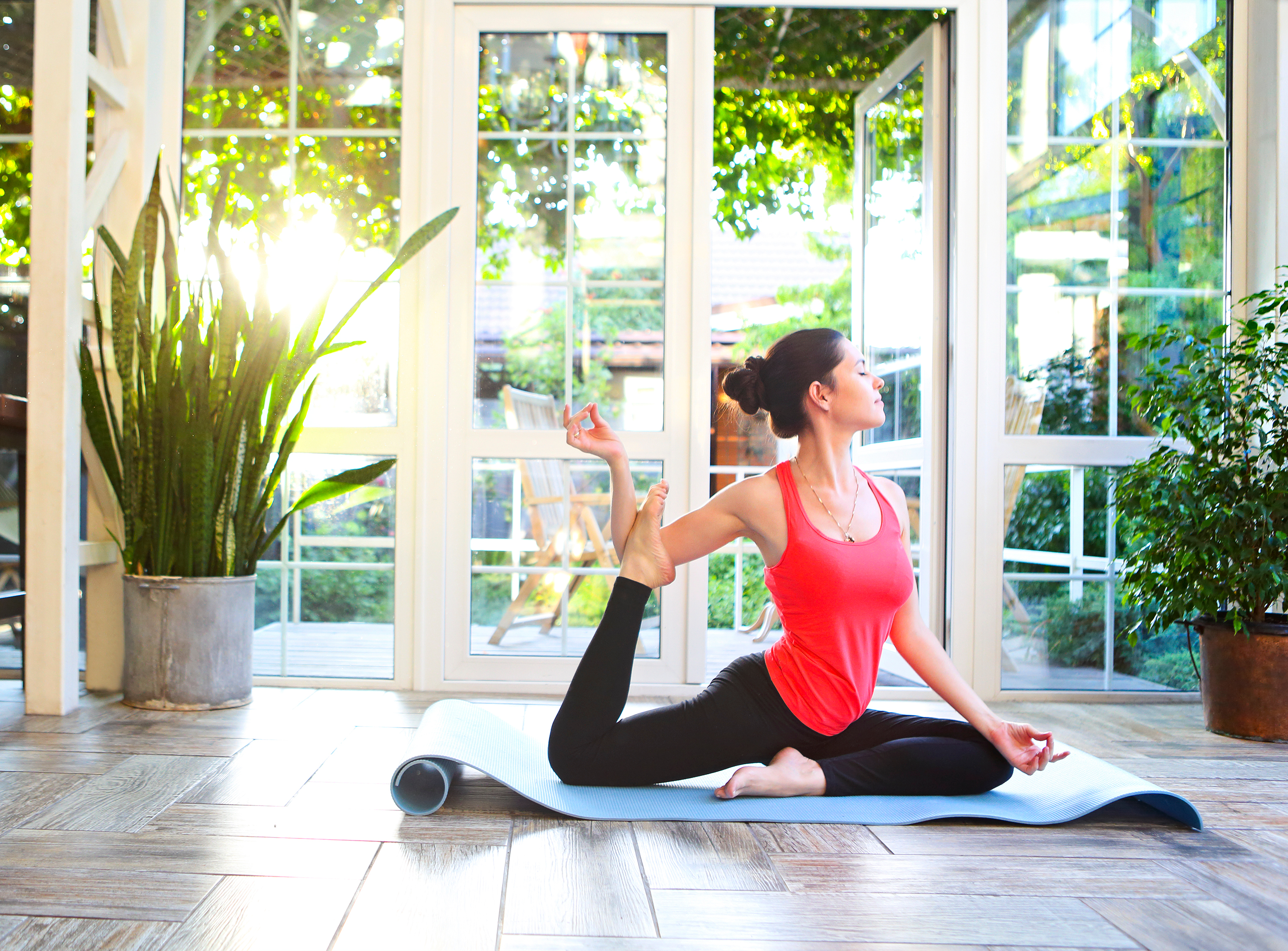
Courtyard is the lung of your home. You have to place it in the centre of the house and have rooms opening into it. Now the airflow created because of the open space will cool the areas around it naturally. You also get to have a very cute private outdoor space for your morning coffee or evening tea. Well, you can think of many other things too!!
4. Kitchen and Bathroom Exhausts – Bye-Bye Stale Air

Now the real deal. Cooking pollutes the air with grease, smoke and all kinds of smells. The other villain in the house is the bathroom. The best way to get rid of them is to install powerful exhaust fans that will suck out all the bad air and keep the space in the rooms fresh.
• Best Spots:
The ideal place would be kitchen fans above the stove, and in bathrooms, put them near the shower or toilet.
5. Louvered Windows – All-Weather Friendly
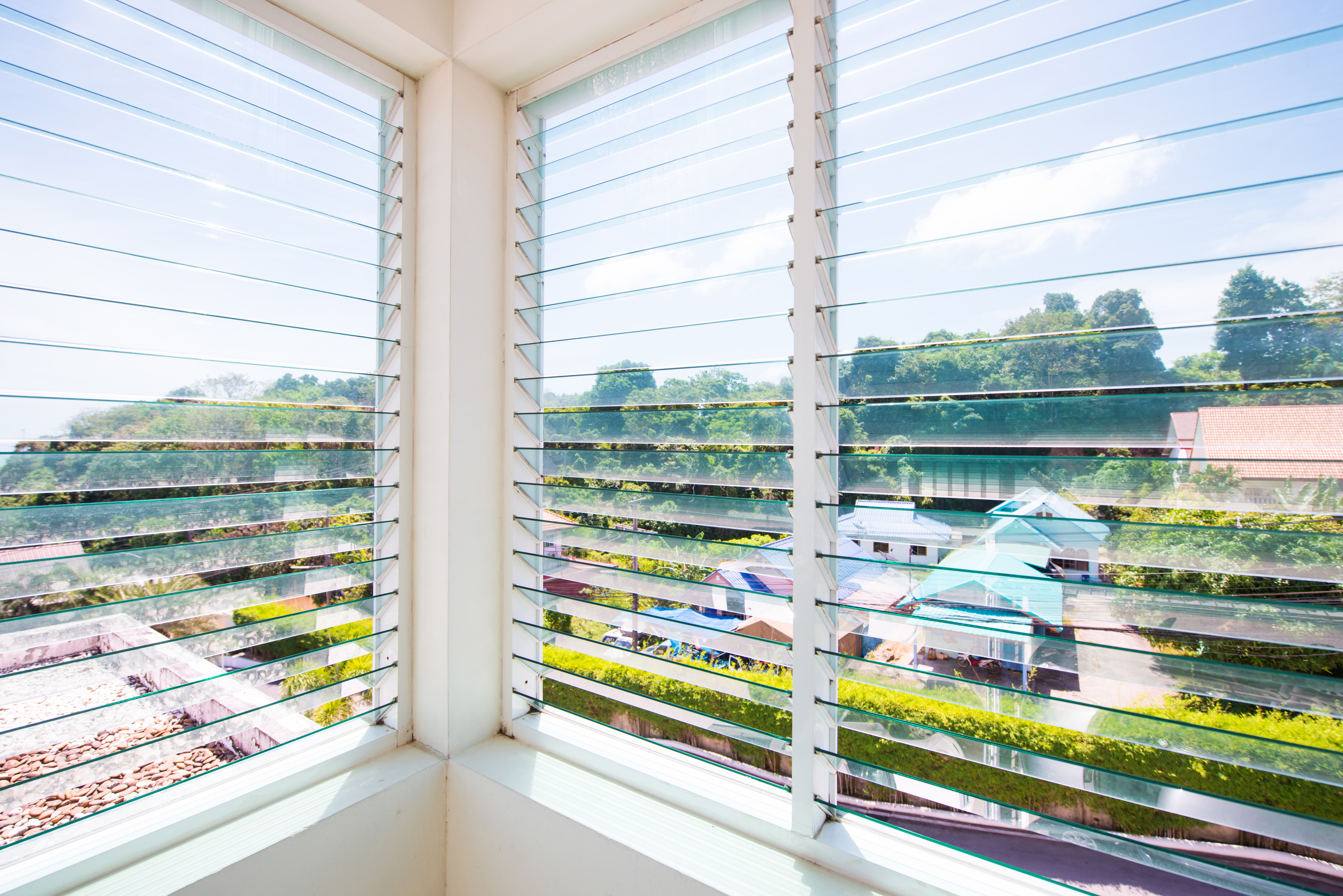
These windows are a boon, come rain, shine, or windstorm – louvered windows are your best bet. These adjustable slats lets in the air while keeping out rain and even your nosy neighbours. You can use them in places like stairwells, balconies, or utility areas where privacy and ventilation are equally important.
6. Stack Ventilation – Let Hot Air Move Out
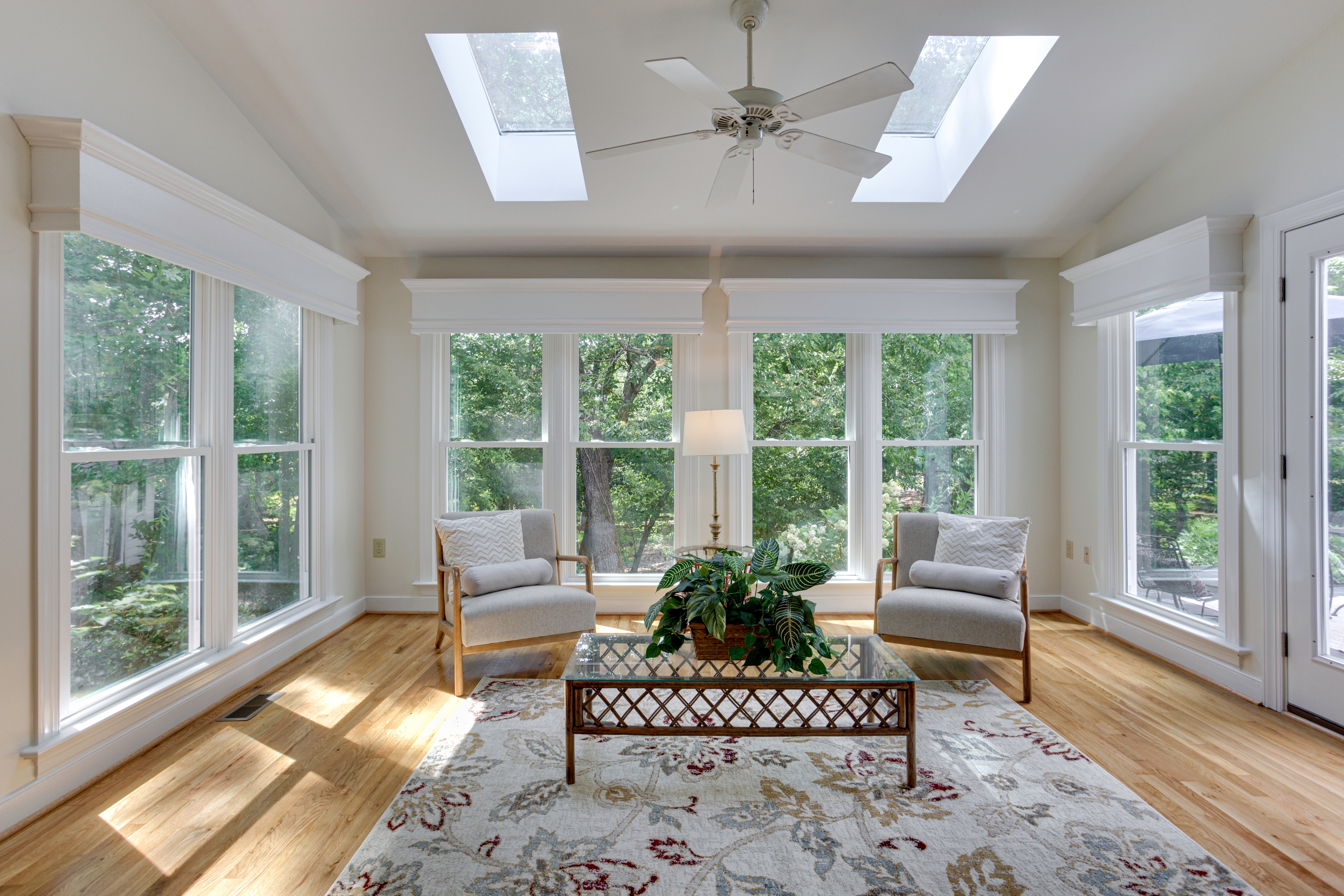
If your home is multi storied then stack ventilation works like magic. You can Install vents or openable windows at the highest point (like the attic) and at the ground floor. Hot air will exit through the top and the cool air gets pulled in from the bottom. Now your house will have a smart cooling system that is natural without much to spend
7. Trees and Landscaping – Nature to the Rescue
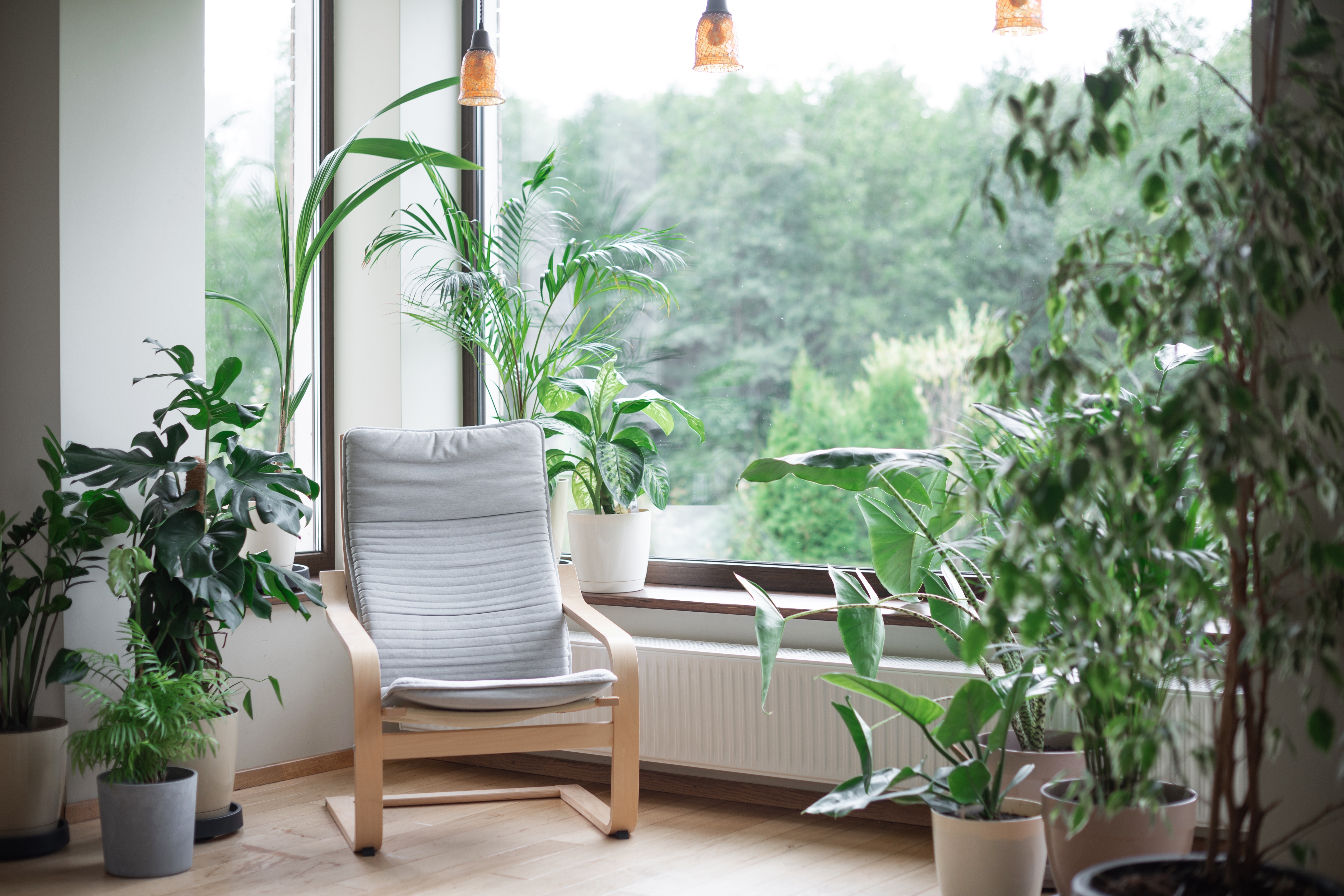
Trees, the elixir of fresh air. Why would you need the latest technology when you have trees around you? You can plant tall trees or dense shrubs near your windows and that can funnel fresh breeze into your house. They will also block direct sunlight thereby reducing the heat inside your house.
8. Roof Overhangs and Eaves – Keep Cool Inside

Extend your roof slightly beyond the walls to create overhangs or eaves. These shaded areas block harsh sunlight while allowing windows to stay open for ventilation.
9. Ventilated Floors – Cool from Below

If you reside in cities or towns that have a hot, humid climate, consider a ventilated floor design. You can raise the house slightly on stilts or columns and let air flow under the flooring. It will naturally cool the house, especially in tropical areas.
10. Air Bricks and Vent Blocks – Old-School Charm
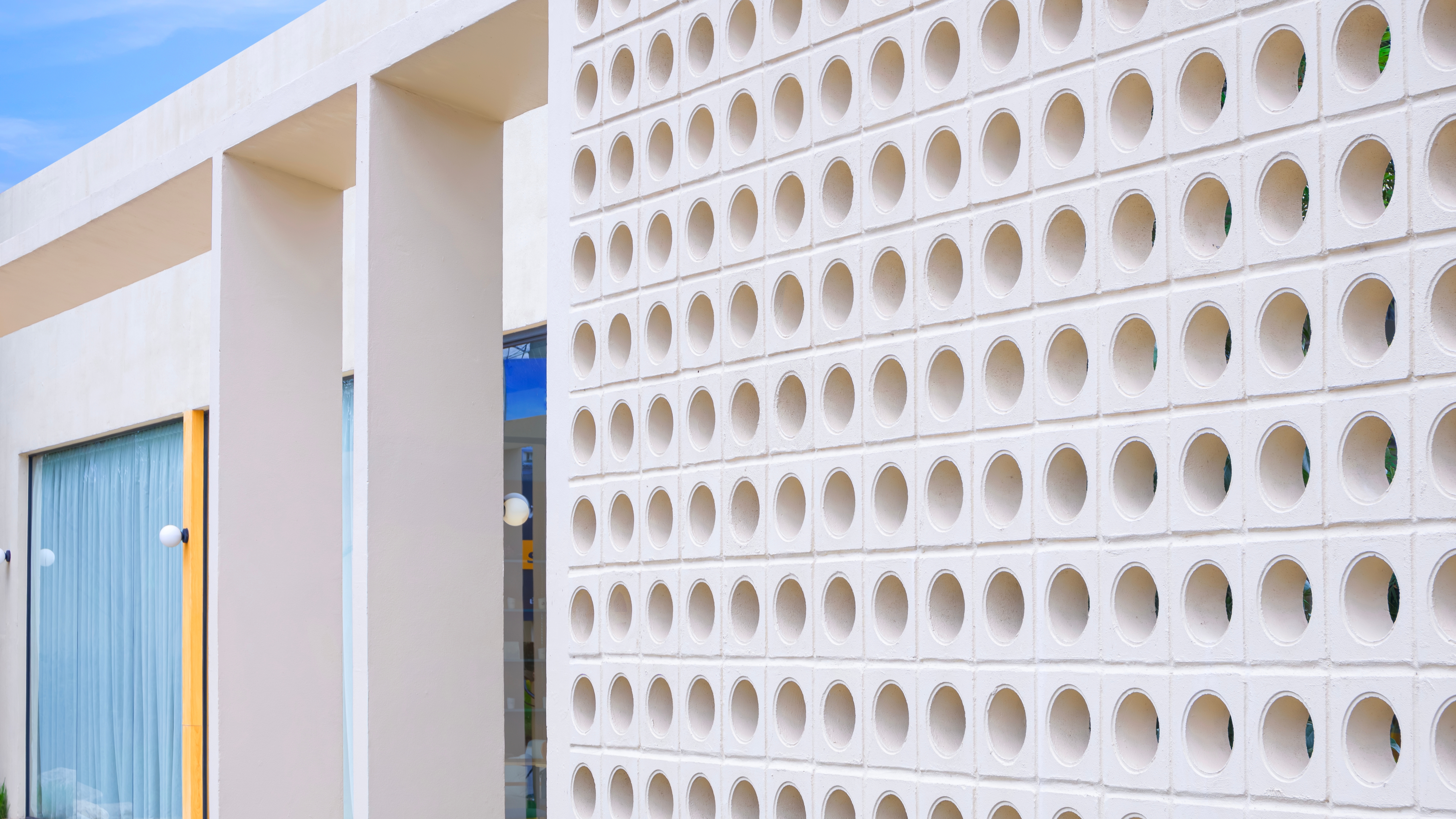
Try these air bricks or decorative vent blocks that you can place in the walls. They let air circulate and do not interfere or compromise the structural integrity. These are great for areas like kitchens, attics, or storerooms.
11. High Ceilings – More Room for Air
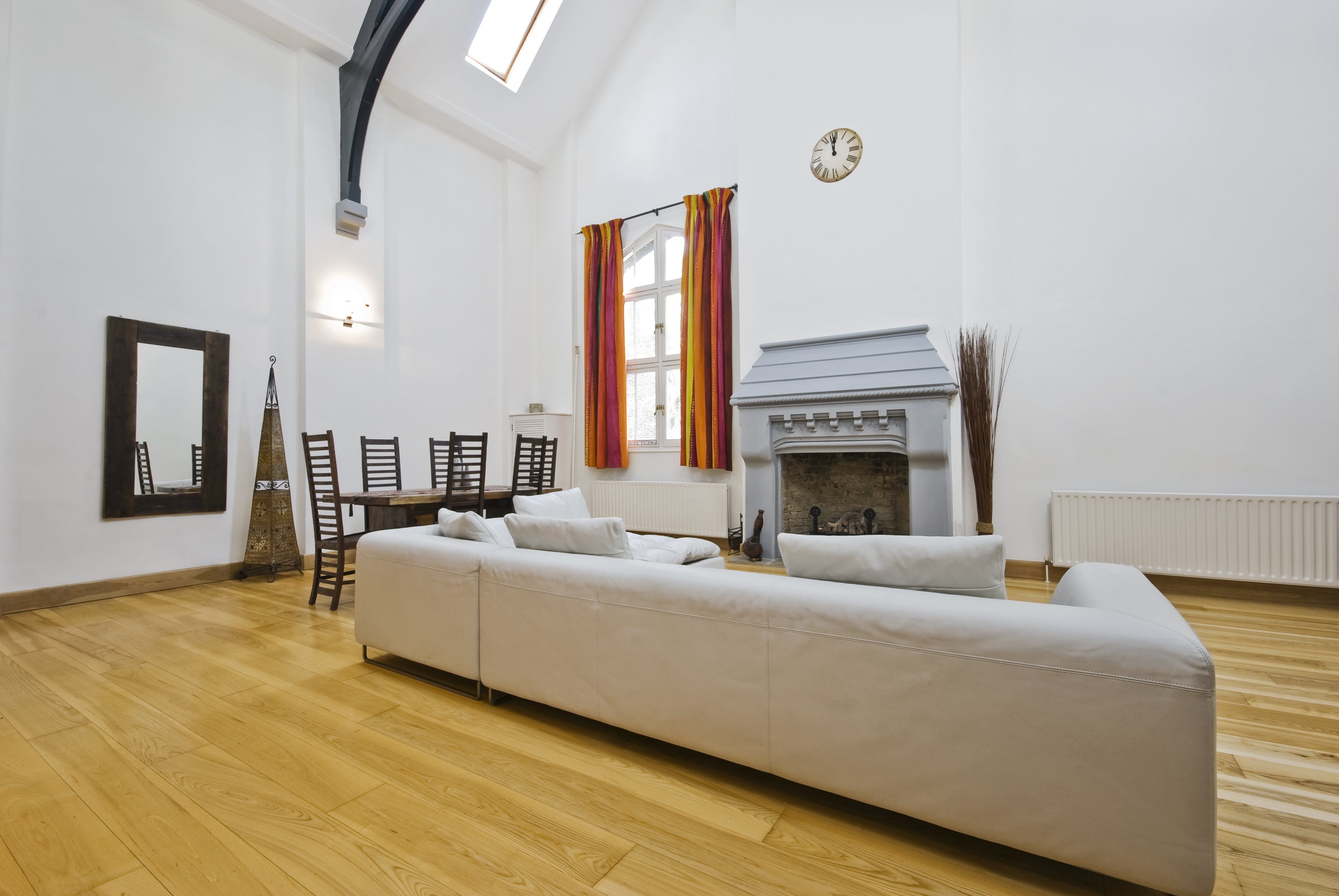
Sit with your architect and incorporate this during the design stage. These high ceilings create more room for air circulation and helps you keep your house cool. This is very helpful during summer. Pair this with ceiling fans for best results and to distribute air evenly.
12. Sliding or Folding Doors – Flexibility in Ventilation
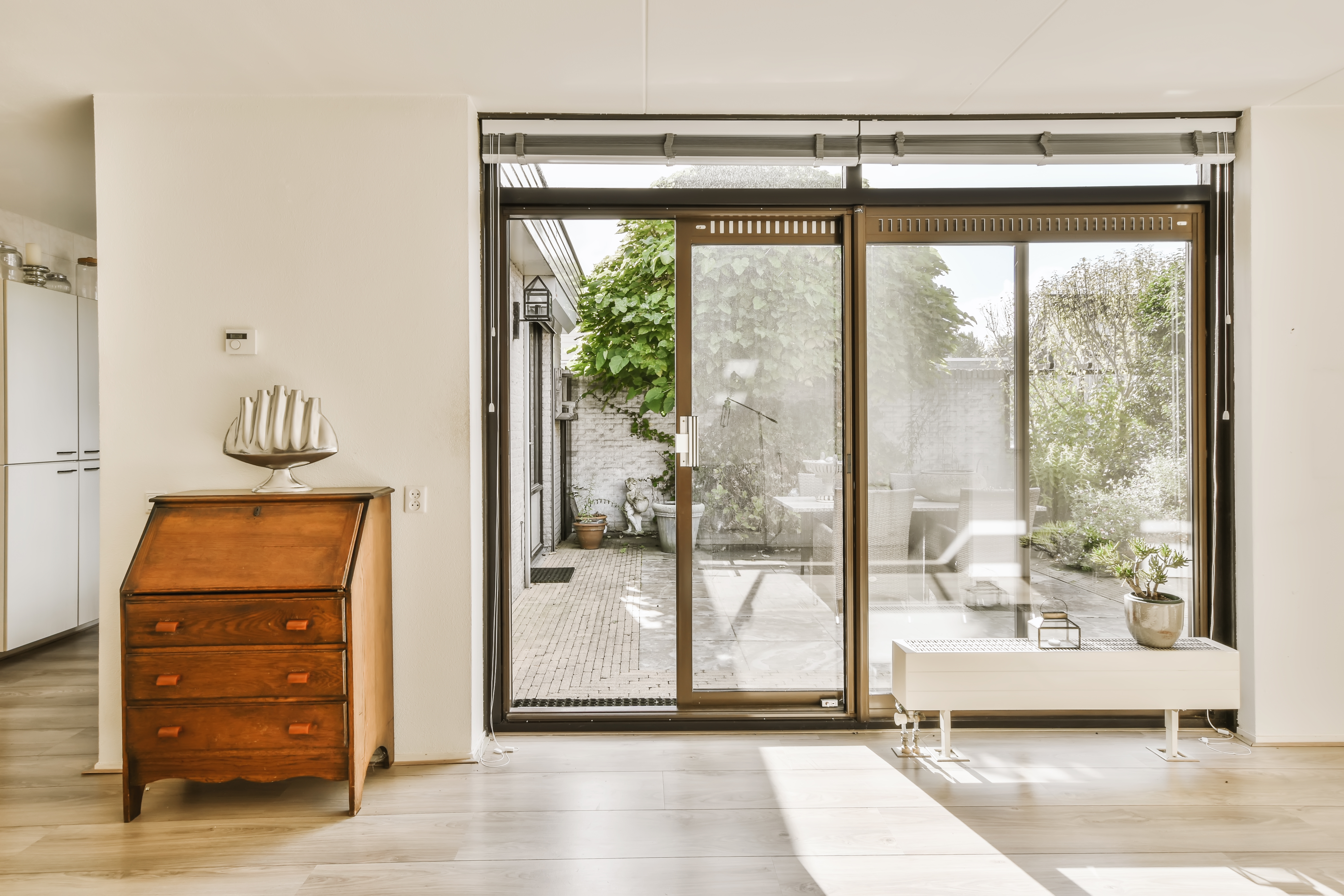
You can install large sliding or folding doors that connect indoor and outdoor spaces, this can double up as airflow channels. Do open them wide to let the breeze flow through, or close them halfway to control ventilation according to your choice.
13. Pergolas and Shaded Balconies
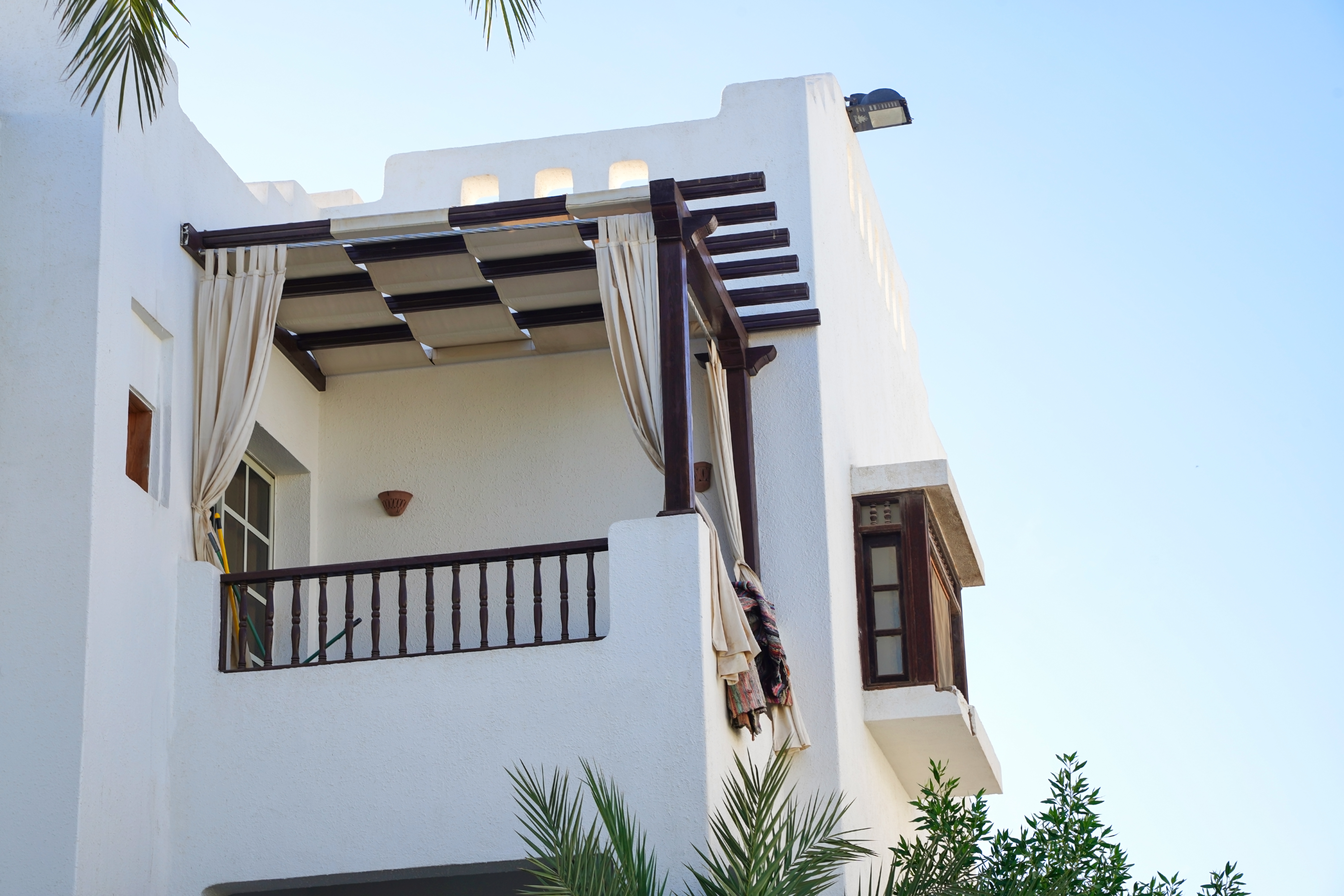
Add a pergola or shaded balcony with an open structure that allows air to pass through while blocking direct sunlight. These are ideal for terraces and patios where you want airflow without overheating.
14. Windcatchers – Ancient Genius
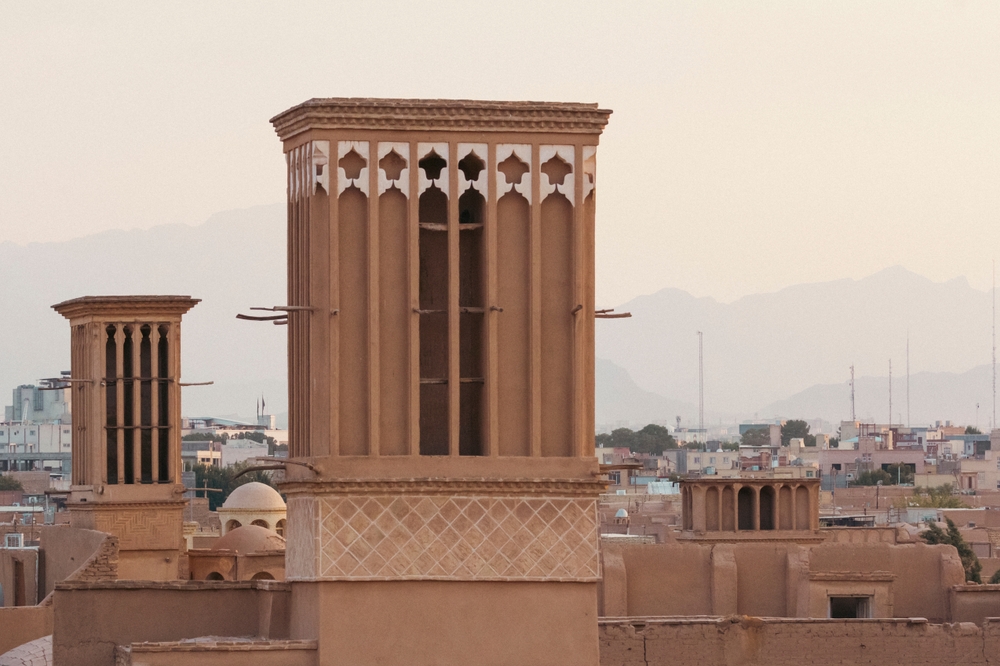
Inspired by traditional Middle Eastern designs, windcatchers are tall structures that funnel cool breezes into the house. Add one on the roof or near large spaces to channel airflow naturally.
Final Thoughts
Good ventilation is not just about airflow—it’s about making your home comfortable, healthy, and energy-efficient. Mix and match these strategies to suit your home design and climate, and enjoy a fresh, breezy living space every day!
Related Articles
Sign up for newsletter
If you want relevant updates occasionally, sign up for the private newsletter. Your email is never shared.














